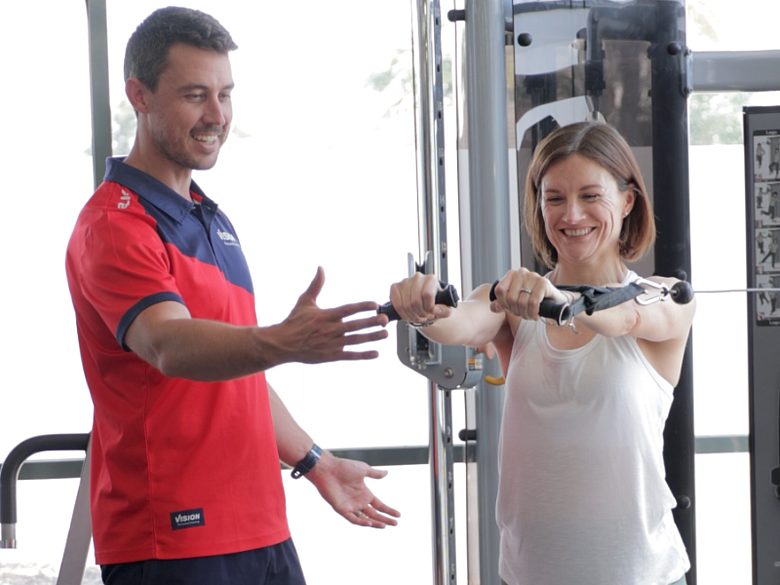Ever been confused about what forms of training you should be doing? Do you feel like there is a plethora of options out there and get confused as to what you should be doing? CrossFit? Weight training? Running? Yoga? Calisthenics (bodyweight)? Functional Training? HIIT?
It's no wonder people get overwhelmed and never get started! So, in this article, we are going to look at a starting point and how to then progress depending on you and your goals. And it’s less complicated than you think.
So, let’s say you have never trained before, or it’s been a long time since you did. There is a good chance that you’re thinking about overall health, maybe losing some fat, or getting some muscle and what your exercise should be to reflect that. In this instance, purely from an exercise standpoint, a mix of both weight training and cardio is best. 2-4 weights sessions where the big muscle groups get an even workload. The specific exercises at this point are not the most important thing either, though we recommend sticking to compound movements. Things like squats, lunges, push ups, pull downs and dips.
The cardio should be at moderate intensity to start with, balanced how you prefer with weights. This can look like 3 weights and 3 cardio sessions, or 4 & 2 or 4 & 3, it’s up to you. This way you will manage the intensity so you can stay consistent and still get the benefits. Then every few weeks, increase the intensity. This could be how much weight you lift, adding in jogging, anything that makes the exercise slightly harder. This over time will become the base of your training and allows you to get more specific depending on what you want to do. This is called general physical preparedness.
So, from here, you can then tailor things to what you want to do next. For example, if you want to run 10km nonstop, the cardio in your regime becomes running and over time increase your distances till you achieve the 10km run. If you want to get stronger, then you may add a weights session and do less cardio. Basically, the training must reflect what you want to achieve. Don’t run more if you’re trying to get stronger and vice versa. Now its important to remember that when you’re trying to increase your capacity with strength or cardiovascular fitness, the total workload of your week is more important than hammering yourself every session.
An example of this would be if you want to increase your running ability, don’t try to run the same distance every single day. Have 1 or 2 high distance days and a few lower days. Over time as you had little increases, the total distance ran in a week will go up. The same goes for weight training, don’t try to set records every session. Adding a kilo is great, doing 3 more reps with the same weight is also great, adding an extra set to every exercise is just as good. This is called increasing volume and is more sustainable.
As for specific training styles, like CrossFit, HITT, or power lifting for example, I would say do what you enjoy the most and what you’re most likely to stick to ONCE you have that baseline covered. Try a little bit of everything to get a feel for what you like, just remember that everyone needs an element of cardio and weight training. Even cyclists do some weight training.
As you go through life, your priorities may change. You may decide to take up yoga or Pilates and reduce another form of exercise, again this comes back to your needs at that point in time.
The specificity of your goal is what should always determine your training plan/approach. But to start with, focus on the basics and build your foundation.

